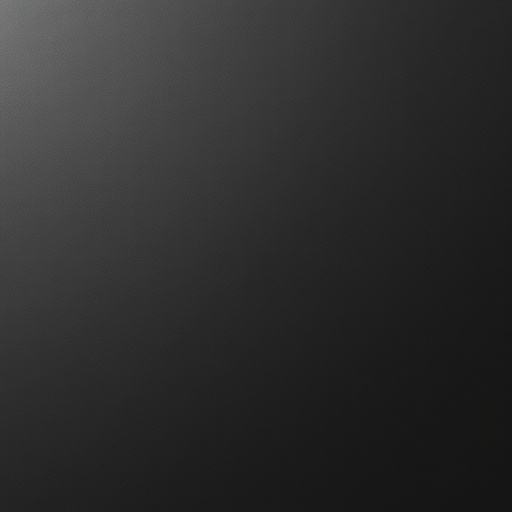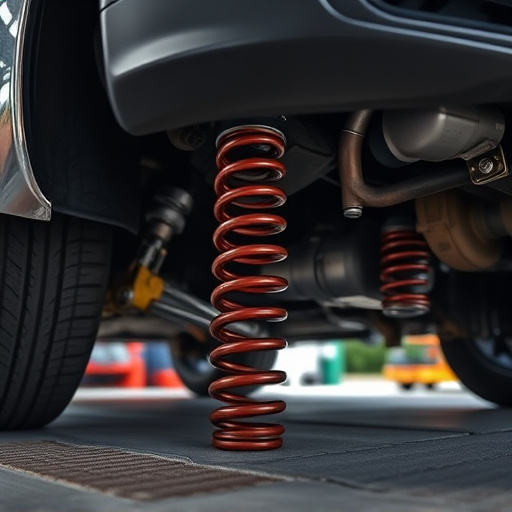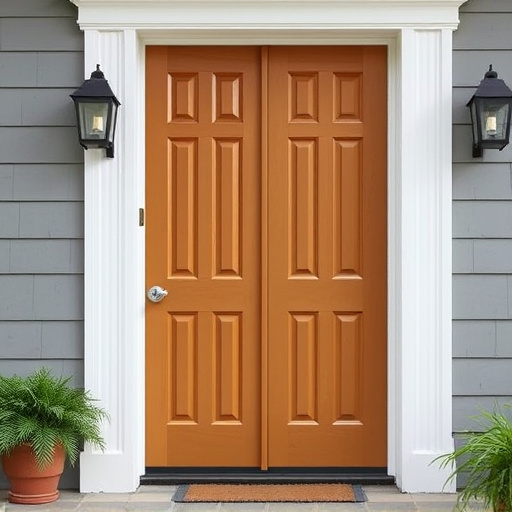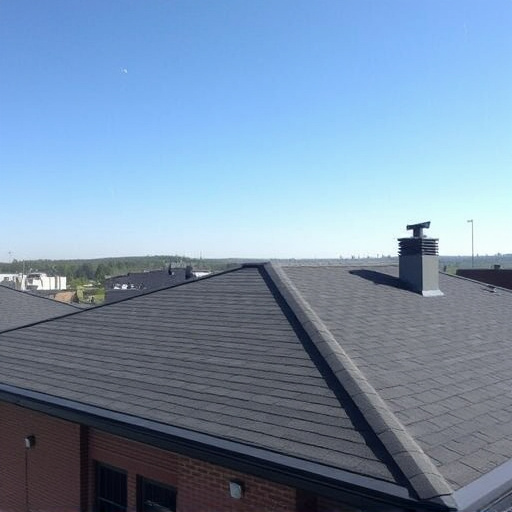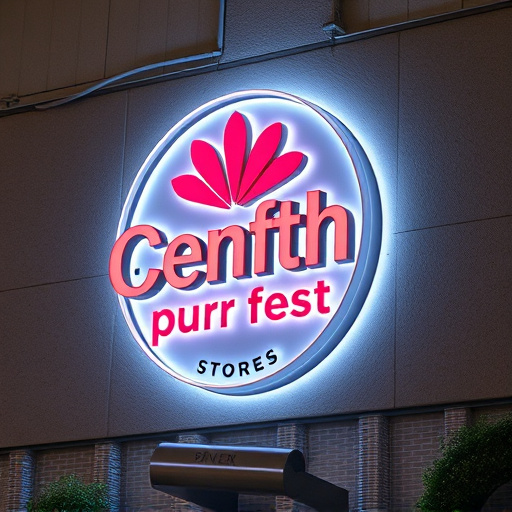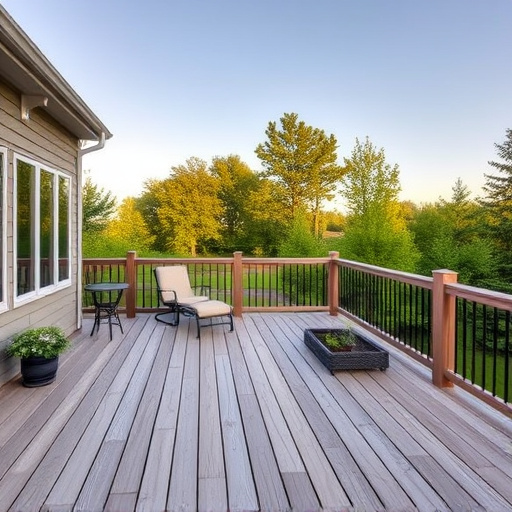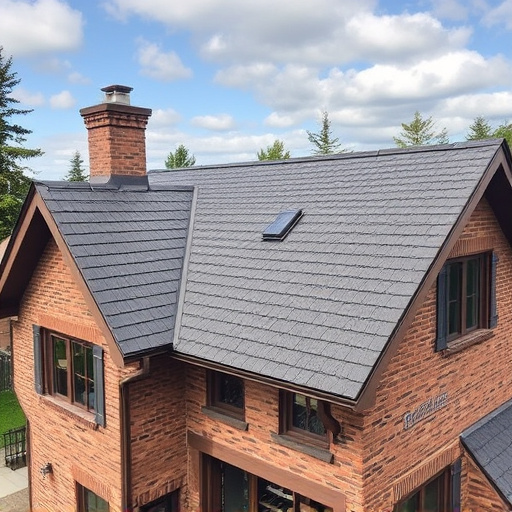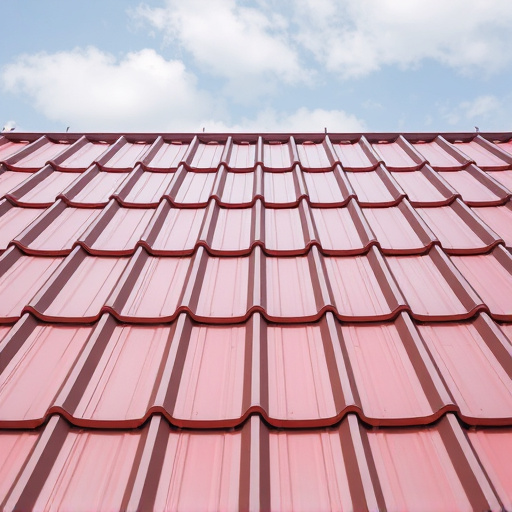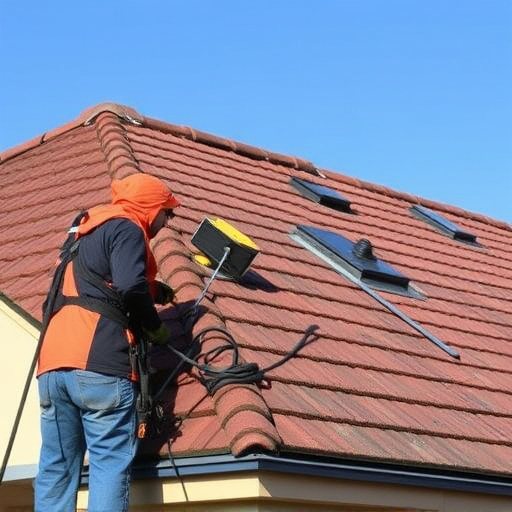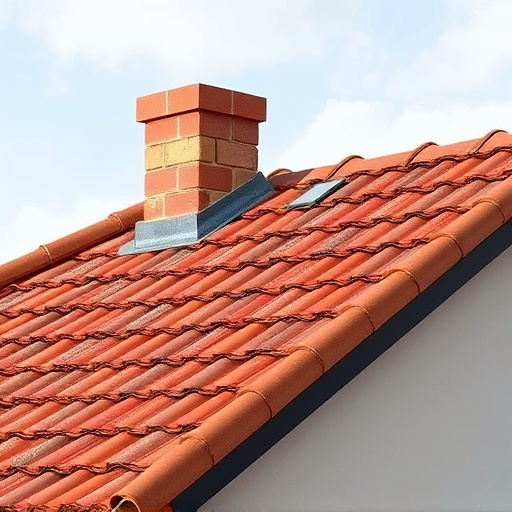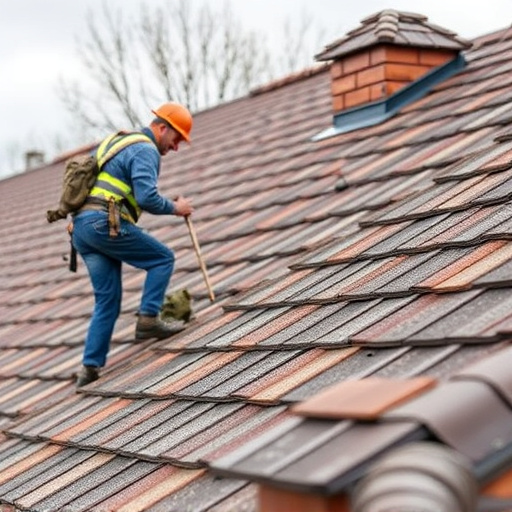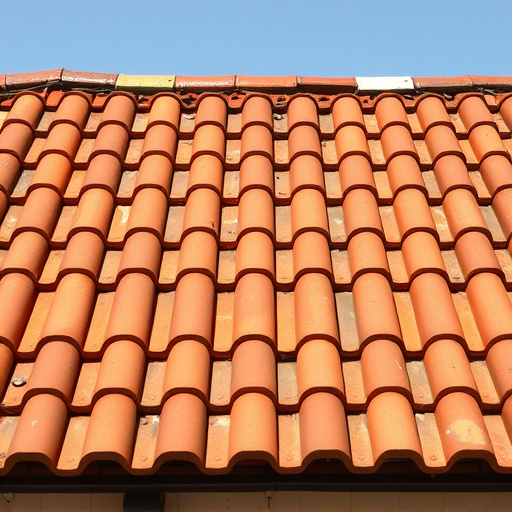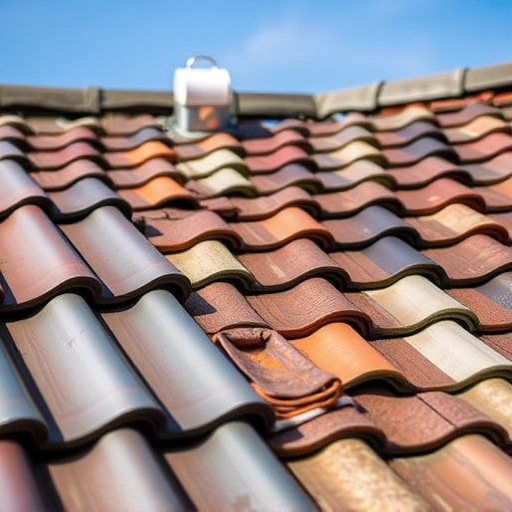Choosing between vinyl and fiber cement for new siding offers distinct benefits. Vinyl is durable, low maintenance, affordable, and easy to install, mimicking natural looks. Fiber cement provides superior rot, mold, and fire resistance, ensuring long-term protection with a more natural appearance. Both enhance property aesthetics and value, with fiber cement recommended for harsh climates and areas requiring high performance due to its longevity. Vinyl is suitable for DIY projects, while fiber cement needs professional installation. Analyze factors like durability, cost, and aesthetics for an informed new siding decision.
When considering new siding for your home, the choice between vinyl and fiber cement is a popular debate. Both offer long-lasting solutions but differ in aesthetics, durability, and cost. Vinyl siding is known for its low maintenance and classic looks, while fiber cement stands strong against extreme weather conditions and provides an authentic wood-like appearance. This article will guide you through understanding these materials, comparing their performance, and analyzing the factors that determine the best choice for your new siding project.
- Understanding Vinyl and Fiber Cement Siding
- Performance and Durability Comparison
- Aesthetics, Installation, and Cost Analysis
Understanding Vinyl and Fiber Cement Siding
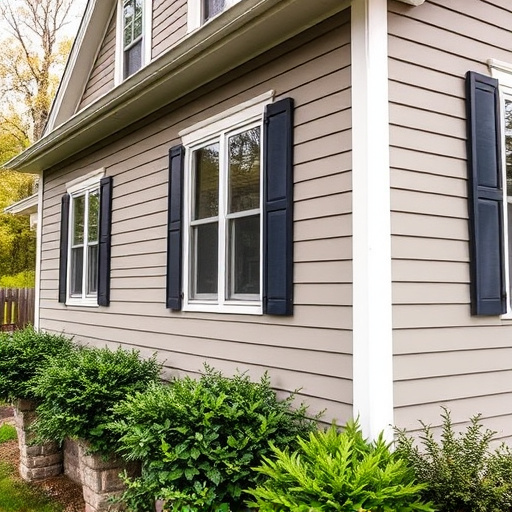
Vinyl and fiber cement are two popular choices when it comes to new siding for homes. Vinyl siding is a synthetic material known for its durability, low maintenance, and ability to mimic the look of wood or stone. It’s often chosen due to its affordability and ease of installation. On the other hand, fiber cement siding combines cellulose fiber with cement, offering excellent resistance to rot, mold, and fire—making it a top pick for homeowners seeking long-term protection and a more natural appearance than plastic.
When considering new siding options, understanding these materials is key. For those dealing with storm damage repair or needing reliable home exterior services, both vinyl and fiber cement provide solid solutions. Vinyl’s flexibility allows it to withstand harsh weather conditions better than traditional materials, while fiber cement’s strength and durability ensure it can stand the test of time, enhancing the overall aesthetics and value of your property.
Performance and Durability Comparison
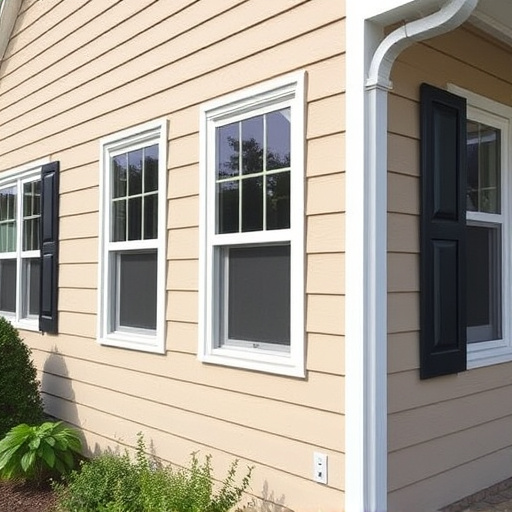
When comparing vinyl vs. fiber cement for new siding, performance and durability are key factors. Vinyl siding is known for its low maintenance requirements and excellent resistance to chipping, peeling, and warping. It’s lightweight, easy to install, and can mimic the look of other materials like wood or stone. On the other hand, fiber cement siding offers superior strength, fire resistance, and a longer lifespan compared to vinyl. Despite its initial higher cost, fiber cement is more durable against extreme weather conditions, including high winds and heavy rain, making it a popular choice for home exterior services.
In terms of maintenance, vinyl requires minimal care, while fiber cement may need occasional cleaning and repair. Roofing services often recommend fiber cement for areas prone to harsh climates or where long-term performance is crucial. While both options provide appealing aesthetic choices, the longevity and resilience of fiber cement make it a compelling choice for those seeking high-quality, low-maintenance new siding solutions, ensuring a beautiful home exterior for years to come.
Aesthetics, Installation, and Cost Analysis
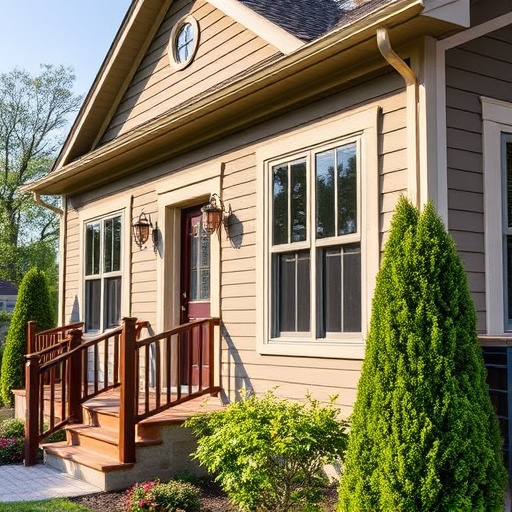
When considering a new siding for your home, aesthetics play a significant role. Vinyl and fiber cement offer distinct visual appeal. Vinyl siding comes in various colors and styles, mimicking the look of wood or stone, while maintaining a consistent appearance over time. On the other hand, fiber cement siding provides a more natural, textured finish that can enhance architectural details. Both options allow for customization to fit different home styles, from traditional to modern designs.
In terms of installation, each has its advantages. Vinyl siding is generally easier and quicker to install due to its lightweight nature and flexible material. It requires minimal tools and skilled labor. Fiber cement, while more durable, can be more challenging to work with because of its heavier weight. Professional siding services are often required for accurate measuring, cutting, and nailing, ensuring a secure fit. Cost-wise, vinyl generally offers a more affordable option upfront, making it an attractive choice for budget-conscious homeowners. Fiber cement, however, may have lower long-term maintenance costs due to its superior weather resistance and durability, despite the higher initial investment. This cost analysis is crucial when considering the overall value of each siding material in relation to your new siding and gutters project.
When it comes to choosing a new siding for your home, both vinyl and fiber cement offer viable options. Vinyl excels in aesthetics and ease of installation but lacks the durability and environmental friendliness of fiber cement. On the other hand, fiber cement provides superior longevity, resistance to rot and pests, and increased home value, though its initial cost is higher and installation more complex. Ultimately, the best choice depends on individual preferences, budget, and climate conditions.

